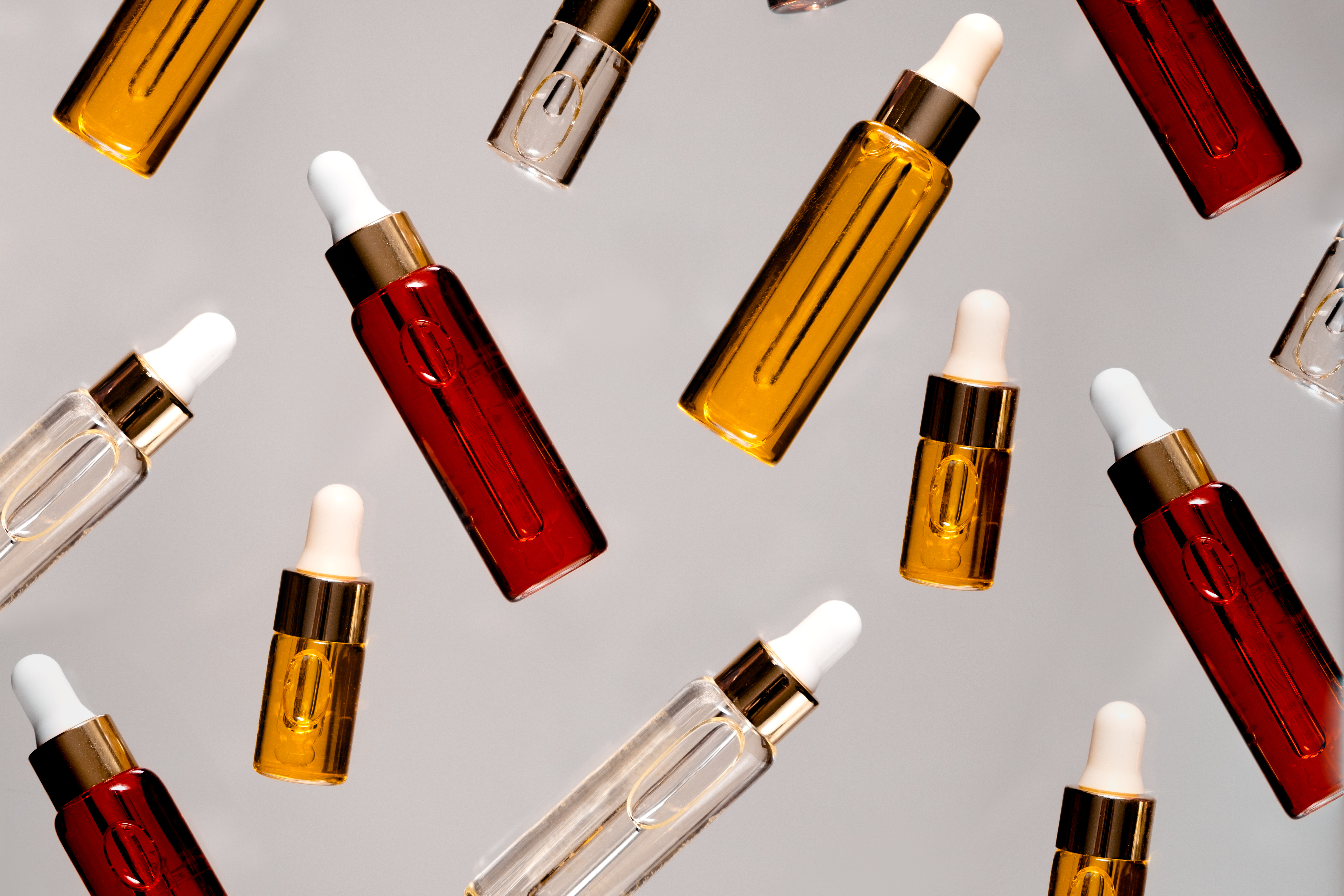Cosmetic history from10,000(BCE) to now
- Jamie Mo

- Nov 16, 2021
- 3 min read

Every wonder how cosmetic industry evolved from a long time ago to today? Well in this article I came across some interesting information from cosmetics organization throughout the different time periods for the usage of Cosmetics. Hope you enjoy this, as much as I did.
COSMETICS THROUGH THE AGES
Cosmetics in the Ancient World 10,000 BCE: Cosmetics are an integral part of Egyptian hygiene and health. Men and women in Egypt use scented oils and ointments to clean and soften their skin and mask body odor. Oils and creams are used for protection against the hot Egyptian sun and dry winds. Myrrh, thyme, marjoram, chamomile, lavender, lily, peppermint, rosemary, cedar, rose, aloe, olive oil, sesame oil, and almond oil provide the basic ingredients of most perfumes Egyptians use in religious rituals.
4000 BCE: Egyptian women apply galena mesdemet (made of copper and lead ore) and malachite (bright green paste of copper minerals) to their faces for color and definition. They use kohl (a combination of burnt almonds, oxidized copper, different colored coppers ores, lead, ash, and ochre) to adorn the eyes in an almond shape. Women carry cosmetics to parties in makeup boxes and keep them under their chairs.
3000 BCE: The Chinese stain their fingernails with gum arabic, gelatin, beeswax, and egg. The colors are used as a representation of social class: Chou dynasty royals wear gold and silver, with subsequent royals wearing black or red. Lower classes are forbidden to wear bright colors on their nails. Grecian women paint their faces with white lead and apply crushed mulberries as rouge. The application of fake eyebrows, often made of oxen hair, is also fashionable.
1500 BCE: Chinese and Japanese citizens commonly use rice powder to make their faces white. Eyebrows are shaved off, teeth are painted gold or black, and henna dyes are applied to stain hair and faces.
1000 BCE: Grecians whiten their complexion with chalk or lead face powder and fashion crude lipstick out of ochre clays laced with red iron.
Cosmetics in the Early Common Era (CE) 100: In Rome, people put barley flour and butter on their pimples and sheep fat and blood on their fingernails for polish. In addition, mud baths come into vogue, and some Roman men dye their hair blonde.
300-400: Henna is used in India both as a hair dye and in mehndi, an art form in which complex designs are painted on the hands and feet using a paste made from the henna plant, especially before a Hindu wedding. Henna is also used in some North African cultures.
Cosmetics in the Middle Ages 1200: Perfumes are first imported to Europe from the Middle East as a result of the Crusades.
1300: In Elizabethan England, dyed red hair comes into fashion. Society women wear egg whites over their faces to create the appearance of a paler complexion. Some people believe, however, that cosmetics blocked proper circulation and therefore pose a health threat.
Renaissance Cosmetics 1400-1500: Italy and France emerge as the main centers of cosmetics manufacturing in Europe, and only the aristocracy has access. Arsenic is sometimes used in face powder instead of lead. The modern notion of complex scent-making evolves in France. Early fragrances are amalgams of naturally occurring ingredients. Later, chemical processes for combining and testing scents surpass their arduous and labor-intensive predecessors.
1500-1600: European women often attempt to lighten their skin using a variety of products, including white lead paint. Queen Elizabeth I of England is one well-known user of white lead, with which she creates a look known as “the Mask of Youth.” Blonde hair rises in popularity as it is considered angelic. Mixtures of black sulfur, alum, and honey are painted onto the hair and lighten with sun exposure.
19th and Early 20th Century Global Cosmetics Developments 1800: Zinc oxide becomes widely used as a facial powder, replacing the previously used deadly mixtures of lead and copper. One such mixture, Ceruse, which is made from white lead, is later discovered to be toxic and blamed for health problems including facial tremors, muscle paralysis, and even death. Queen Victoria publicly declares makeup improper. It is viewed as vulgar and acceptable only for use by actors.
1900: In Edwardian Society, pressure increases on middle-aged women to appear youthful while acting as hostesses. As a result, cosmetics use increases, but is not yet completely popularized.
Beauty salons rise in popularity, though patronage of such salons is not widely accepted. Because many women do not wish to publicly admit they have assistance achieving their youthful appearances, they often enter salons through the back door.
For more information , please feel free to contact us




Comments